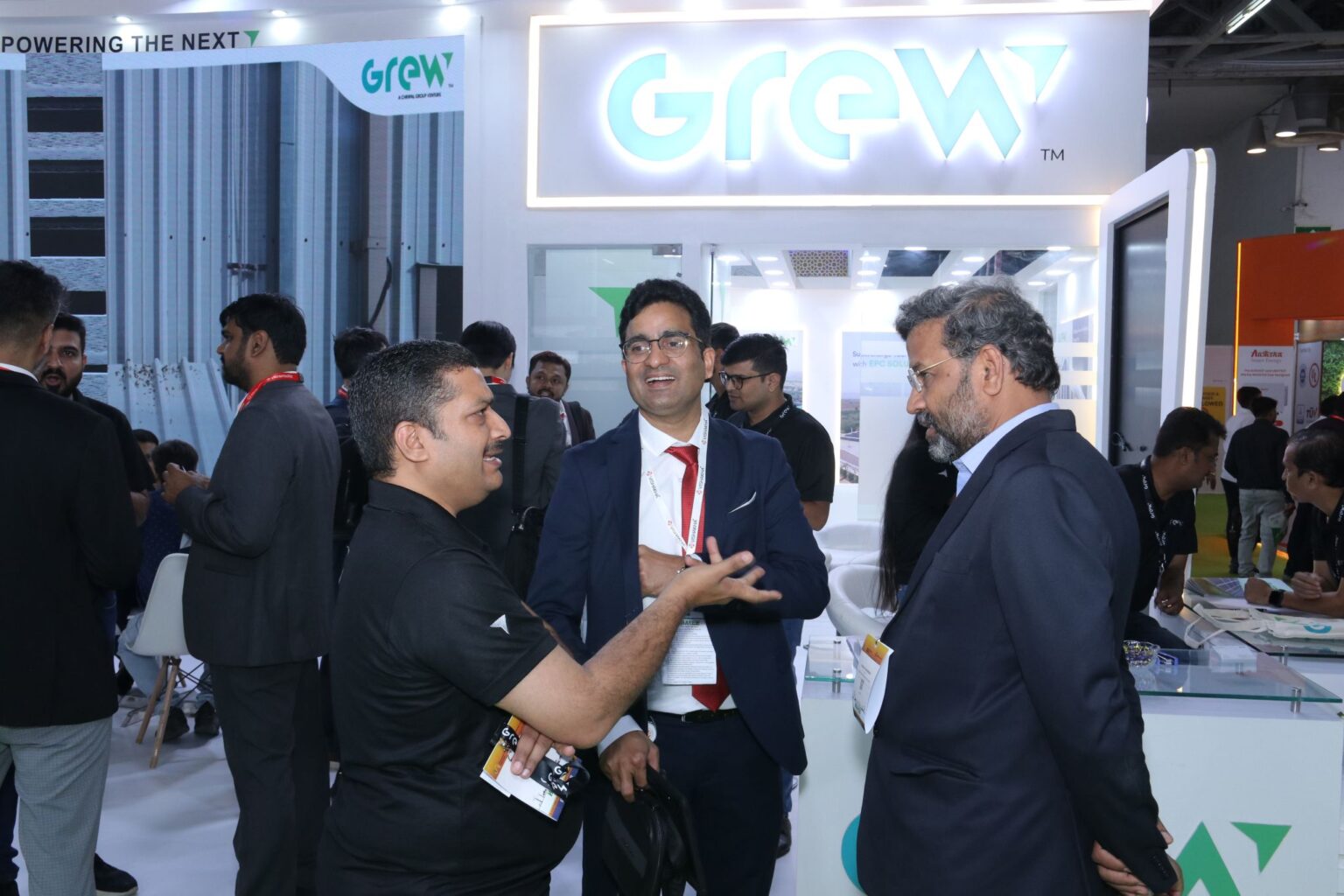In a significant move in the renewable energy sector, Chiripal Group’s Grew is making a substantial investment in Dholera, India, to expand its solar module manufacturing capacity. This investment is set to transform the landscape of solar energy production in the region, and in this article, we will delve into the details of this exciting development.

Investment in Dholera by Chiripal Group’s Grew: A Game-Changer in Solar Energy
Chiripal Group’s Grew, a prominent player in the solar energy industry, is making substantial investments in Dholera, Gujarat, with the goal of expanding its solar module manufacturing capacity. The company currently boasts 1.2 GW of solar module production capacity, and this new venture will add a staggering 4.8 GW, bringing their total capacity to an impressive 6 GW. This bold move underscores their commitment to green energy and positions them as a major contributor to India’s renewable energy goals.
The New Manufacturing Lines: A Closer Look
The existing 1.2 GW facility includes 600 MW of mono PERC capacity and another 600 MW equipped for TOPCon technology. The additional 4.8 GW of manufacturing lines will also be TOPCon ready, ensuring that Grew stays at the forefront of solar technology. The company has strategically sourced their equipment, securing stringers from ATW and the rest of the machinery from Jinchen.
Phased Expansion: Timeline and Progress
This expansion will take place in two phases. By May 2024, 1.6 GW of the new lines will become operational, and by March 2025, another 3.2 GW will start production. This phased approach not only allows for manageable growth but also ensures a steady increase in the company’s cumulative manufacturing capacity to the impressive 6 GW.
Geographic Distribution: Rajasthan and Gujarat
With the addition of these new production lines, Grew’s manufacturing capacity will be strategically distributed. They will have 2.8 GW of module manufacturing capacity in Rajasthan’s Jaipur and another 3.2 GW in Gujarat’s Dholera. This distribution will help Grew meet the growing demands for solar modules efficiently and cater to various regions.
Government Initiatives and the PLI Scheme
Apart from the substantial expansion of manufacturing capacity, Grew is also embracing the Indian government’s Production Linked Incentive (PLI) scheme. They are bringing 2.8 GW of ingots, wafers, and cells manufacturing capacity under this scheme in Dholera. The PLI scheme aims to boost domestic manufacturing, making it an attractive proposition for companies like Grew.
Focus on TOPCon Technology
Deepak Jain, the president of Grew, emphasized the company’s focus on TOPCon technology in the near term. TOPCon technology, known for its high efficiency and excellent performance, is poised to play a pivotal role in the company’s growth and success in the solar energy sector.
Conclusion
Chiripal Group’s Grew’s investment in Dholera is a remarkable development in the renewable energy sector. With the addition of 4.8 GW of production lines and a strategic distribution of manufacturing capacity, Grew is positioning itself as a key player in India’s solar energy industry. Their commitment to TOPCon technology and participation in the PLI scheme showcases their dedication to innovation and growth in the green energy sector.
This investment not only contributes to India’s renewable energy goals but also sets a new benchmark for the industry. Chiripal Group’s Grew is a name to watch in the solar energy sector, and their expansion in Dholera is a testament to their vision and commitment to a sustainable and greener future.
With a commitment to innovation, quality, and sustainable practices, Chiripal Group’s Grew is set to make a significant impact in the solar energy industry, and their investment in Dholera is a pivotal step towards that vision. As they continue to grow, their contributions to India’s renewable energy landscape are bound to be both substantial and transformative.




